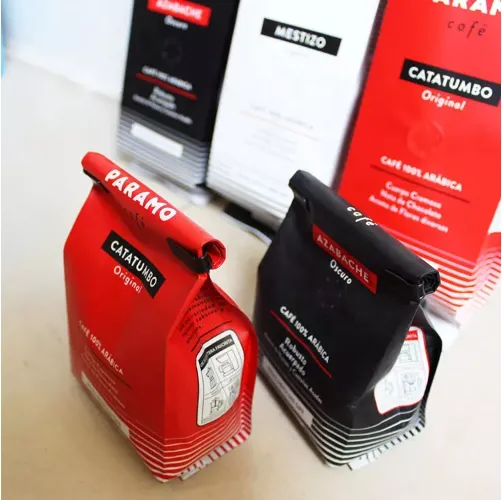- Afrikaans
- Albanian
- Amharic
- Arabic
- Armenian
- Azerbaijani
- Basque
- Belarusian
- Bengali
- Bosnian
- Bulgarian
- Catalan
- Cebuano
- chinese_simplified
- chinese_traditional
- Corsican
- Croatian
- Czech
- Danish
- Dutch
- English
- Esperanto
- Estonian
- Finnish
- French
- Frisian
- Galician
- Georgian
- German
- Greek
- Gujarati
- haitian_creole
- hausa
- hawaiian
- Hebrew
- Hindi
- Miao
- Hungarian
- Icelandic
- igbo
- Indonesian
- irish
- Italian
- Japanese
- Javanese
- Kannada
- kazakh
- Khmer
- Rwandese
- Korean
- Kurdish
- Kyrgyz
- Lao
- Latin
- Latvian
- Lithuanian
- Luxembourgish
- Macedonian
- Malgashi
- Malay
- Malayalam
- Maltese
- Maori
- Marathi
- Mongolian
- Myanmar
- Nepali
- Norwegian
- Norwegian
- Occitan
- Pashto
- Persian
- Polish
- Portuguese
- Punjabi
- Romanian
- Russian
- Samoan
- scottish-gaelic
- Serbian
- Sesotho
- Shona
- Sindhi
- Sinhala
- Slovak
- Slovenian
- Somali
- Spanish
- Sundanese
- Swahili
- Swedish
- Tagalog
- Tajik
- Tamil
- Tatar
- Telugu
- Thai
- Turkish
- Turkmen
- Ukrainian
- Urdu
- Uighur
- Uzbek
- Vietnamese
- Welsh
- Bantu
- Yiddish
- Yoruba
- Zulu
iron + oxygen
The Chemical Dance of Iron and Oxygen A Study in Oxidation
When we think of elements and their interactions, few pairings are as iconic and essential as iron and oxygen. These two elements are not just abundant in the universe, but their reaction has profound implications in various fields, from metallurgy to environmental science. The chemical dance between iron and oxygen primarily manifests in the form of oxidation, a process that deserves a closer examination.
Understanding Iron and Oxygen
Iron is one of the most abundant metals on Earth and plays a pivotal role in our daily lives. It is a vital component of steel, which is an alloy that revolutionized construction and manufacturing. The versatility of iron makes it integral to the production of tools, vehicles, and infrastructure. Oxygen, on the other hand, is a diatomic molecule that constitutes approximately 21% of Earth’s atmosphere. It is essential for the survival of most life forms, serving as the final electron acceptor in cellular respiration.
The Oxidation Process
The interaction between iron and oxygen is most commonly observed through the phenomenon of rusting. Rust is primarily composed of iron oxide (Fe2O3), a compound formed when iron reacts with oxygen in the presence of water or moisture. The reaction can be simplified as follows
\[ 4Fe + 3O2 + 6H2O \rightarrow 4Fe(OH)3 \]
Following this, iron(III) hydroxide can dehydrate to form rust (iron(III) oxide), which is often seen as a reddish-brown flaky compound that compromises the structural integrity of iron structures. This process not only poses aesthetic concerns but can lead to significant economic losses in industries reliant on metal constructions.
The Importance of Oxidation
iron + oxygen

The oxidation of iron serves as an important case study in environmental science and engineering. Rusting affects bridges, buildings, pipelines, and vehicles, necessitating material science advancements to combat corrosion. Protective coatings, galvanization, and the development of stainless steels are just a few strategies employed to mitigate the deleterious effects of rust.
Moreover, this oxidation process has ecological implications. Iron, when oxidized, can impact water quality in various ecosystems. Runoff from areas with rusting infrastructure can lead to iron leaching into water bodies, affecting aquatic life. Excessive iron can lead to eutrophication, which disrupts the balance of aquatic ecosystems.
The Chemical Perspective
From a chemical standpoint, the reaction between iron and oxygen is a redox (reduction-oxidation) reaction. In this process, iron is oxidized, losing electrons, while oxygen is reduced, gaining electrons. The significance of understanding these reactions goes beyond rust formation; it extends to areas such as batteries, where the oxidation of metals is utilized to store and release energy.
For instance, in lithium-ion batteries, lithium ions undergo oxidation and reduction reactions that are parallels to those seen in iron's interaction with oxygen. The principles gleaned from studying iron and oxygen reactions contribute to advancements in energy technology.
Conclusion
The relationship between iron and oxygen is a magnificent illustration of how elements interact in both aesthetic and functional ways. While the interaction leads to rust, representing decay and deterioration, it also provides vital insights into preventive measures and applications in technology.
The study of oxidation is more than a mere chemical reaction; it unveils the broader implications of elemental interactions on society, the environment, and technology. By understanding and mastering these processes, we can develop better materials, protect our infrastructures, and optimize energy systems for a sustainable future. Whether it is the trivial rust spot on a tool or the majestic structures of steel bridges, the dance between iron and oxygen continues to shape our world, illustrating the beauty and complexity of chemistry in action.













